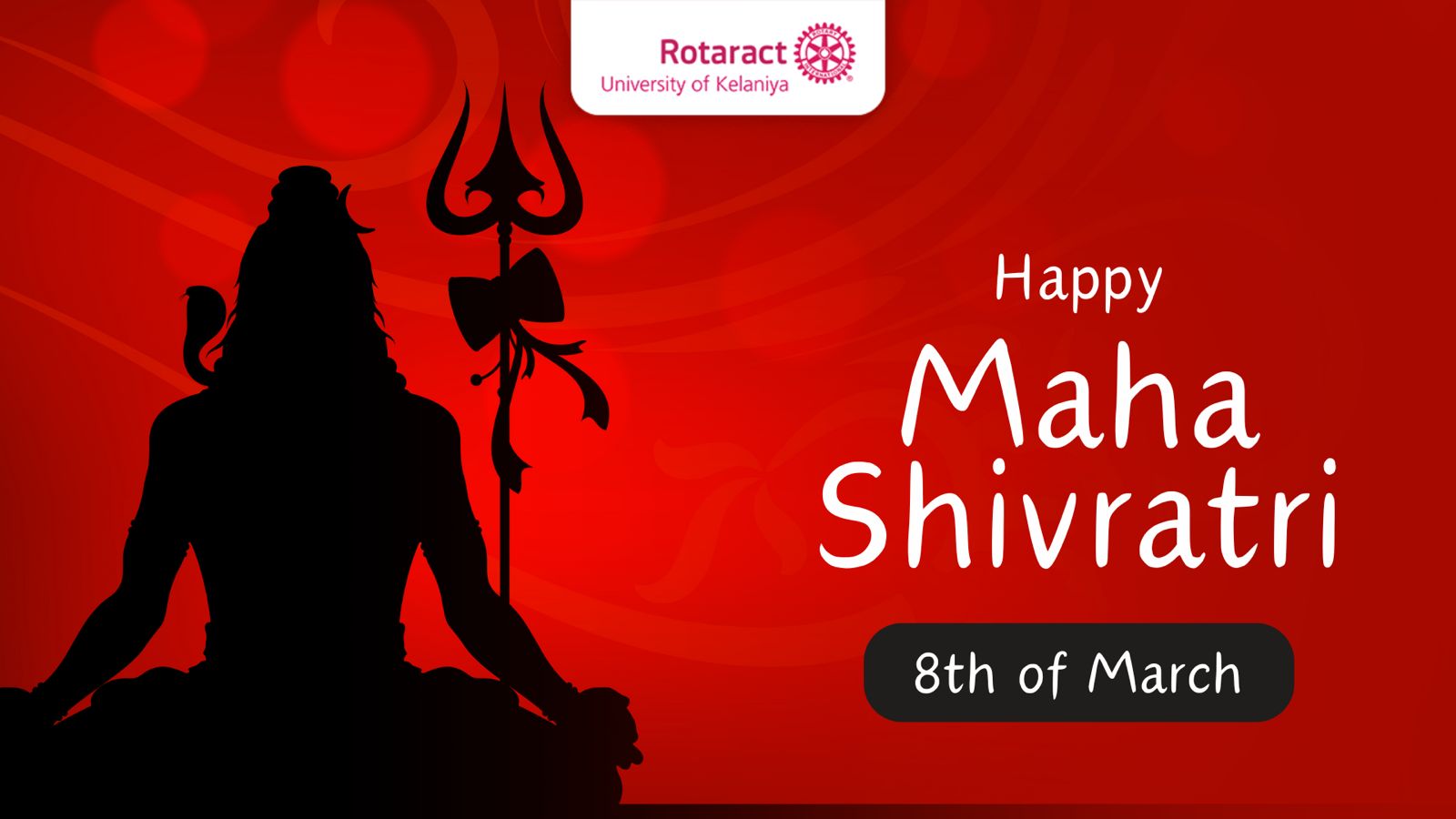A divine celebration of Lord Shiva
Mahashivratri is celebrated annually with reverence and fervour and holds profound significance in Hindu Culture. This sacred occasion, translating to the great night of Shiva, honours Lord Shiva, the supreme deity known as the destroyer of evil and the transformer of the universe.

Observed on the Chaturdashi Tithi of Krishna Paksha in the Tamil calendar month Maasi (Between February and March). Mahashivaratri is marked by devout fasting, meditation, and prayer. Devotees congregate in temples, offering Bilva leaves, milk and water to Shivalingam (Lord Shiva Statue), symbolizing purity and devotion.
The night of Mahashivaratri is believed to be auspicious for spiritual ascension and the attainment of divine blessings. It is said that prayers offered with sincerity and devotion during this time hold immense power to cleanse the soul and fulfil desires.

Legend has it that on Mahashivratri, Lord Shiva performed the cosmic dance of Tandava, symbolizing creation, preservation, and destruction. His divine dance represents the rhythm of life, the cyclical nature of existence, and the eternal flow of energy.
Beyond its religious significance, Mahashivratri also serves as a reminder of the importance of introspection, self-discipline, and surrender to the divine. It is a time to reflect on one’s spiritual journey, to seek inner peace, and to strive for enlightenment.
As the night unfolds with hymns, chants and rituals, devotees immerse themselves in the divine aura of Lord Shiva, seeking his blessings for protection, prosperity and liberation from the cycle of birth and death.
Mahashivratri transcends boundaries of caste, creed and nationality, uniting devotees to celebrate faith, devotion, and eternal bliss. It is a reminder of the omnipresence of the divine and the timeless wisdom encapsulated in the cosmic consciousness of Lord Shiva.
In essence, Mahashivratri is not just a religious observance, it is a spiritual journey, a sacred communion with the divine, and a celebration of the eternal essence of life itself.





